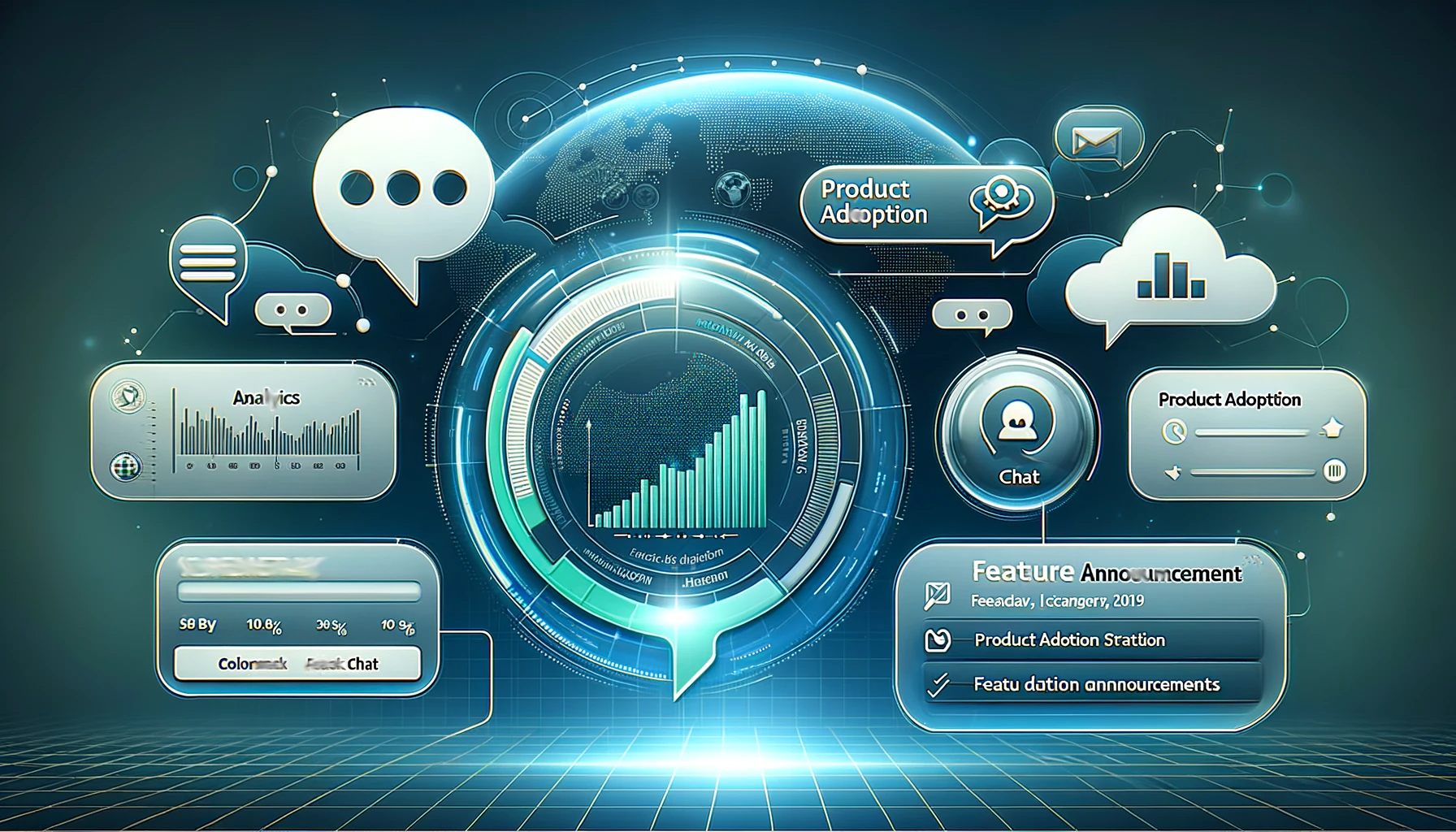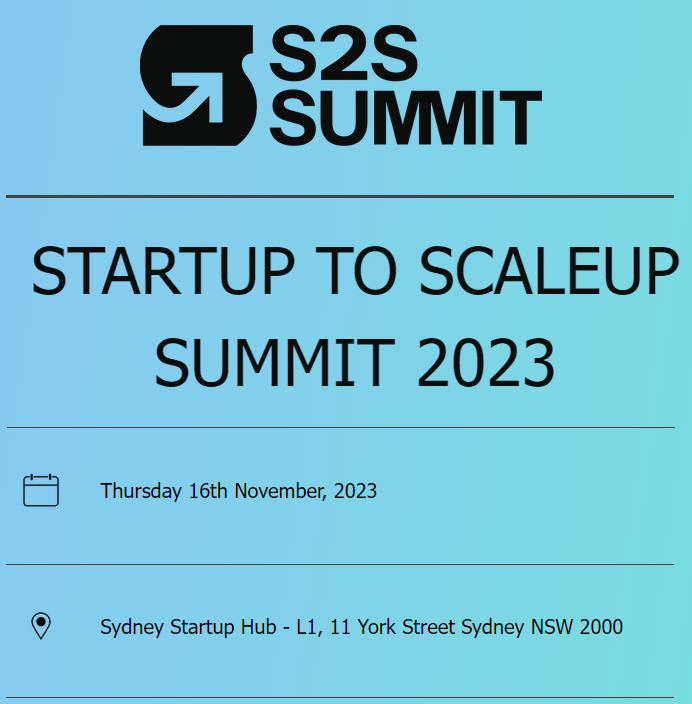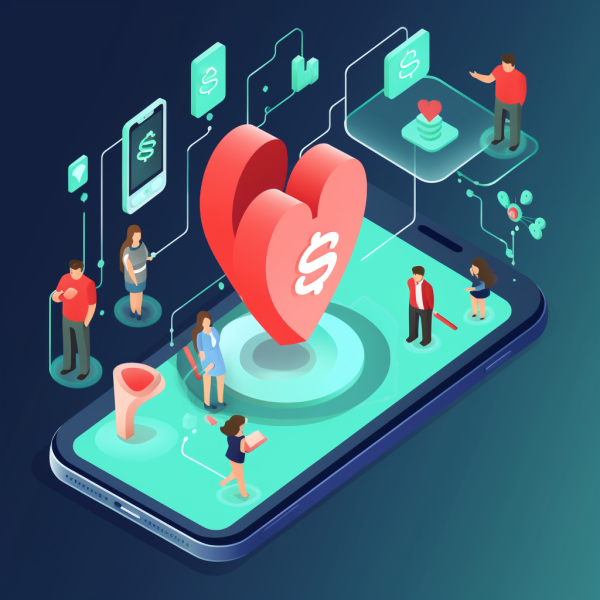Unstoppable Mobilized Workforce Trends
The size of the global mobile workforce is approximately 59% of the whole workforce or approximately 1.76 billion, but only a small percentage of this workforce currently uses mobile devices to complete work related tasks.
This shows there is a huge opportunity for growth in the enterprise use of mobile Apps. According to Deloitte*, in Europe alone there is the possibility that 45% or 100 Million workers could use their mobile device as their primary work device.
However until recently, companies have been focused on creating shiny consumer applications and haven’t focused on creating mobile enterprise Apps. As companies start to develop more enterprise Apps, the way that people work will be transformed and the process benefits of mobile technology will blossom**.
Challenges in Mobilized Workforce
The early challenges of remote mobile devices were intrastructure and security based. Issues like App deployment, device theft protection, remote wipe, BYOD lockdown etc. These have largely have now been solved with MDM/EMM*** platforms like “Mobile Iron” making this easy for corporates.
With this solved the next phase of deploying Apps and Onboarding is key – The challenge will be educating the mobile workforce on how to use and get the most out of the applications.
Delloite’s study states employees most benefited by B2B mobile Apps are low skilled/high turnover staff and skilled industrial employees that work in the field.
These types of roles will get the most value out of using mobile Apps if they are onboarded to Apps effectively. They have a greater need for company and job related information, communication with peers and information about suppliers, stock levels. Many of the applications will be central to:
- Their job function
- Customer satisfaction
- Inclusion in corporate news and culture (which is a growing issue with de-centralized workforces of all types).
Use Cases

Two examples below to explain common Enterprise App use cases:
- Field workers, such as builders, telco technicians or sales staff. They will be able to perform tasks from their mobile devices such as:
- Accessing job related information in real time
- They need to be able to log the work they have done
- See what jobs are next and link to calendar
- Check on stock levels internally and from external suppliers.
- Manage timesheets, leave requests, expense claims
- And communicate with their peers
This process wants to be as smooth as possible, teaching the workers how to get the most out the Apps while they are using them is a great way of doing this. Companies might deploy their own Apps but examples of commercial Apps are: Handshake (Sales Orders), Safetyculture (Quality and Inspections) and of course Salesforce1 (sales/CRM)
- Retail staff, mobile devices are enabling them to be decoupled from fixed POS desks, they can now complete tasks on their phone such as:
- process sales,
- look up stock,
- Communicate with employees
- Manage job allocation
- Automate timesheet management.
This will lead to more knowledgeable sales staff that can add more value to the company. Companies might deploy their own Apps but examples of commercial Apps are: Deputy (retail staff and rostering) and Tulip (Retail Assisted selling, on-floor checkout).
There are many other sectors and use-cases undergoing change:
- Previously single purpose platforms using ruggedized devices for deliveries are going through a generational change:
- From Windows CE or proprietary software to Android Tablets. This is largely being driven by a new strategic direction from Microsoft.
- The worker now has access to a broader range of Apps on their work device.
- Access to delivery information from tablet or even the ability to link deliveries to phone details and calling.
- Warehousing and logistics now has access to Tablet devices that support RFID, NFC, Barcode

Why Onboarding is Important
In both of these examples the challenges will be similar:
- Get the staff to use the mobile Apps
- Teaching the workers how to use the Apps.
Traditionally costs of onboarding a new staff member was restricted to their core job function, they were physically trained by bringing them into a regional office to undergo induction. With technology and competition a worker can get started completely remotely and be productive earlier AS LONG AS they get some education and on-boarding in the Apps.
Deployment and Rollout
Having a well thought out onboarding process and inApp training helps to solve the second challenges. This is where Contextual can help, by adding educational in App walk-throughs, pop ups, carousels and tooltips, you can reduce the new user friction by reducing the learning curve for new staff.
This also allows the App developers to focus on the core functionality/features of the products, while the line-of-business managers (or process owners) can work on improving engagement.
Why not Web?
Lastly, many (or most!) enterprises have recently re-built Apps for their workforce to access via a browser – write once, run anywhere (The older folks amongst us will remember the browser based terms “Intranet” and “Extranet”). But – a high percentage of recently rebuilt server applications will already support the REST Framework making them close to ready for Mobile Apps to access and present data to users.
The major benefits of Mobility via Apps over “extranet” browser UI’s are:
- Great UI and gestures
- Local storage and caching for speed
- Continued operation in low connectivity areas (rural coverage, urban deadspots, building like lifts)
What about the 'gig' economy?
I did have gig economy in the back of my mind whilst writing this, we did do some validation with Uber and Lyft for the onboarding of their drivers. These businesses which offer elastic on-demand drivers, food deliveries, child-minding, dog-walkers and odd-jobs are rapidly becoming real businesses and will need the ability to rapidly onboard the remote elastic staff to their Apps. The recent court cases with Uber imply that the relationship is company<–>contractor, so the need for “intranet” App access is likely less than enterprises.
Gig companies also seem strongly bifurcated from traditional enterprise. I can’t imagine a major cable company or electricity utility out-sourcing ad-hoc to TaskRabbit or Airtasker for installs 🙂
* The full report – Deloitte 2018 TMT predictions can be found at https://www2.deloitte.com/au/en/pages/technology-media-and-telecommunications/articles/tmt-predictions.html
** This may be old news to some of our development partners – but the wheels of industry move slowly and there are many business processes yet to be re-engineered for remote workers with mobile devices.
*** MDM – Mobile Device Management and EMM – Enterprise Mobility Management.




